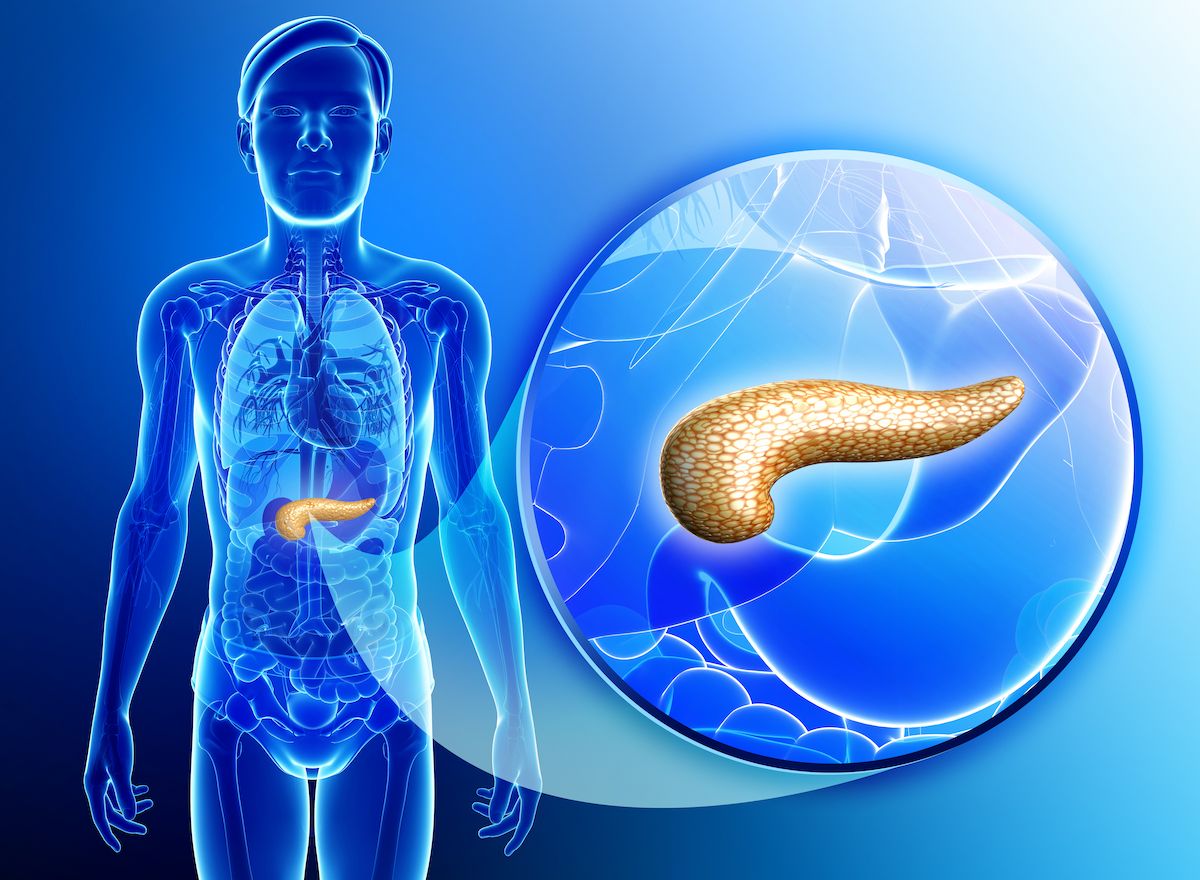miRNA Assay May Lead to Early Detection in PDAC
The liquid biopsy combining miRNA and CA19-9 had the best validation rates for detecting pancreatic ductal adenocarcinoma.
“Combining the miRNA markers with CA19-9 further improved the diagnostic accuracy. Our blood test could reliably detect even stage I/II PDAC with 97% accuracy," according to Ajay Goel, PhD, AGAF.

The use of an exosome-based liquid biopsy and the addition of microRNA (miRNA) markers to CA19-9 improved diagnostic accuracy for patients with pancreatic ductal adenocarcinoma (PDAC), according to findings from a trial presented during the 2024 American Association for Cancer Research Annual Meeting.
In the United States, the validation of miRNA was 93% area under the curve (AUC) with a specificity of 91% and a sensitivity of 87%. In China, the validation was 88% AUC with a specificity of 90% and a sensitivity of 86%. In South Korea, the validation was 91% AUC, the specificity was 89%, and the sensitivity was 83%.
Regardless of tumor location, the signature could detect PDAC. For those with head and neck cancer (n = 273), the validation was 92%, the specificity was 91%, and the sensitivity was 86%. For those with body and tail cancer (n = 240), the validation was 93%, the specificity was 91%, and the sensitivity was 85%.
Additionally, early-stage PDAC could be detected through the miRNA signature. For those with stage I/II disease, the validation was 91%, the sensitivity was 85%, and the specificity was 91%. For those with stage III/IV cancer, the validation was 93%, the sensitivity was 87%, and the specificity was 91%.
Of note, when combining miRNA markers with CA19-9, the validation was 97% with a sensitivity of 91% and specificity of 96% for those with stage I/II disease. For those with stage III/IV disease, the validation was 97%, the sensitivity was 94% and the specificity was 96%.
“An exosome-based assay offers an optimal combination of diagnostic sensitivity and specificity for the early detection of pancreatic cancer,” Ajay Goel, PhD, AGAF, director of Biotech Innovations at City of Hope National Medical Center and an associate director of Basic Sciences at City of Comprehensive Cancer Center in Duarte, California, and coauthors wrote in the presentation. “Combining the miRNA markers with CA19-9 further improved the diagnostic accuracy. Our blood test could reliably detect even stage I/II PDAC with 97% accuracy.”
Goel is also a professor and chair in the Department of Molecular Diagnostics and Experimental Therapeutics at Beckman Research Institute of City of Hope in Duarte, California.
The study was based on the hypothesis that combining cell-free and exosomal miRNA biomarkers could be a superior approach to early detection for patients with pancreatic cancer. The study design included validation cohorts in the United States, China, and South Korea. In the United States, 139 patients had PDAC, and 193 were non-disease controls (NDCs); in China, 50 had PDAC, and 80 were NDCs; and in South Korea, 184 had PDAC, and 86 were NDCs. The training cohort occurred in Japan and included 150 patients with PDAC and 102 who were NDCs.
In the Japan training cohort (n = 252), the miRNA signature was 0.98 AUC, the exosome miRNA was 0.97 AUC, and the cell-free miRNA was 0.95 AUC. For sensitivity, cell-free was 94%, exosome was 92%, and the signature was 95%. For specificity, cell-free was 83%, exosome was 97%, and the signature was 97%.
miRNA’s were used for this study because they have short non-coding RNAs, the expression is frequently altered in cancers, they are highly stable, can be easily detectable in bodily fluids, and exist in blood.
During the initial diagnosis, only 15% to 20% of pancreatic cancers are estimated to be resectable, 30% are borderline resectable, and 50% are metastatic. It is noted that the 5-year survival is stage-dependent for those with PDAC. The rates are 37% for those with resectable disease, 12% for borderline resectable disease, and 3% for metastatic disease.
Reference
Xu C, Xu Y, Han, H, et al. An exosome-based liquid biopsy for non-invasive, early detection of patients with pancreatic ductal adenocarcinoma: a multicenter and prospective study. Presented at the 2024 American Association for Cancer Research Annual Meeting; April 5-10, 2024; San Diego, CA. Abstract 3899.